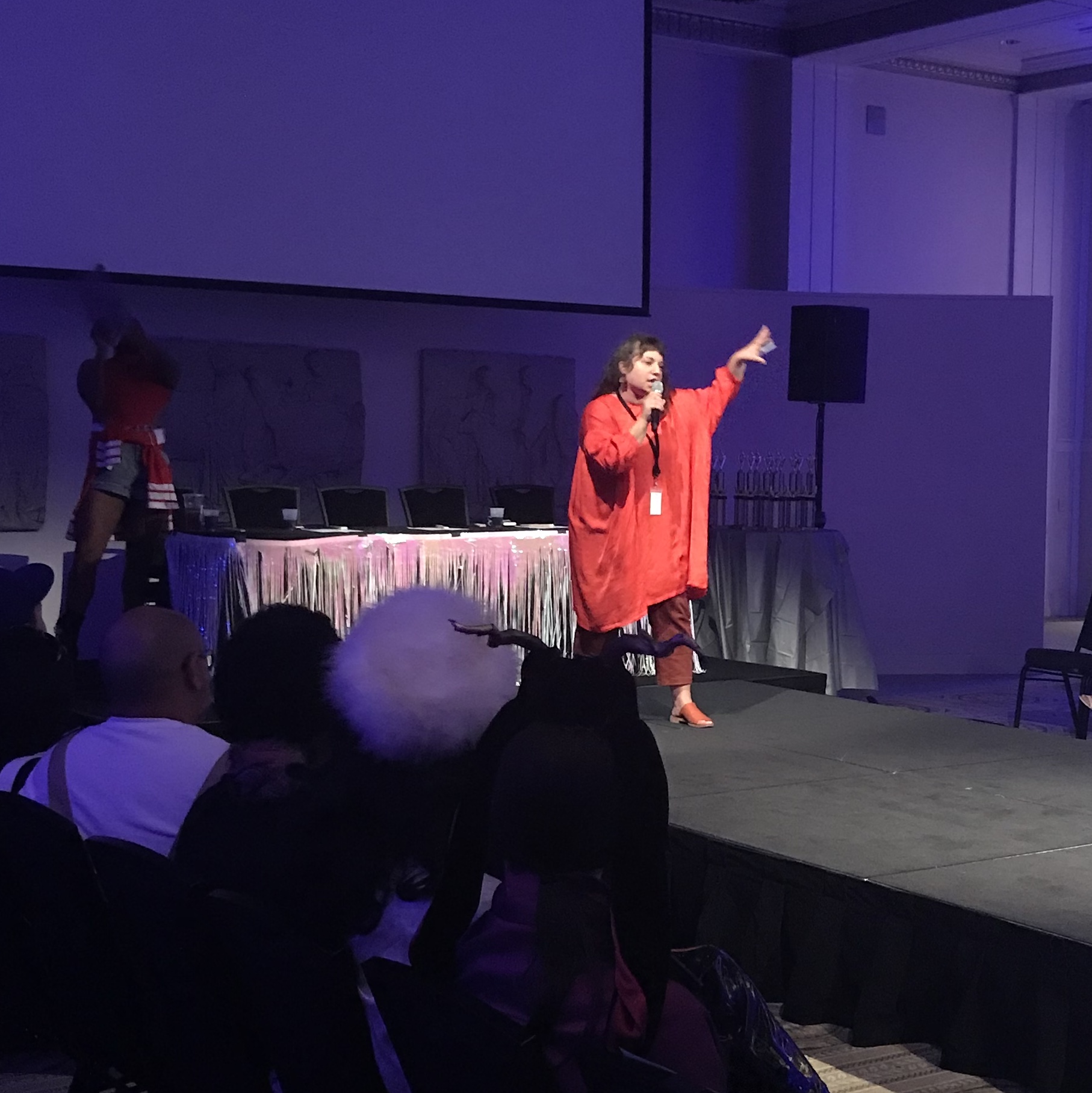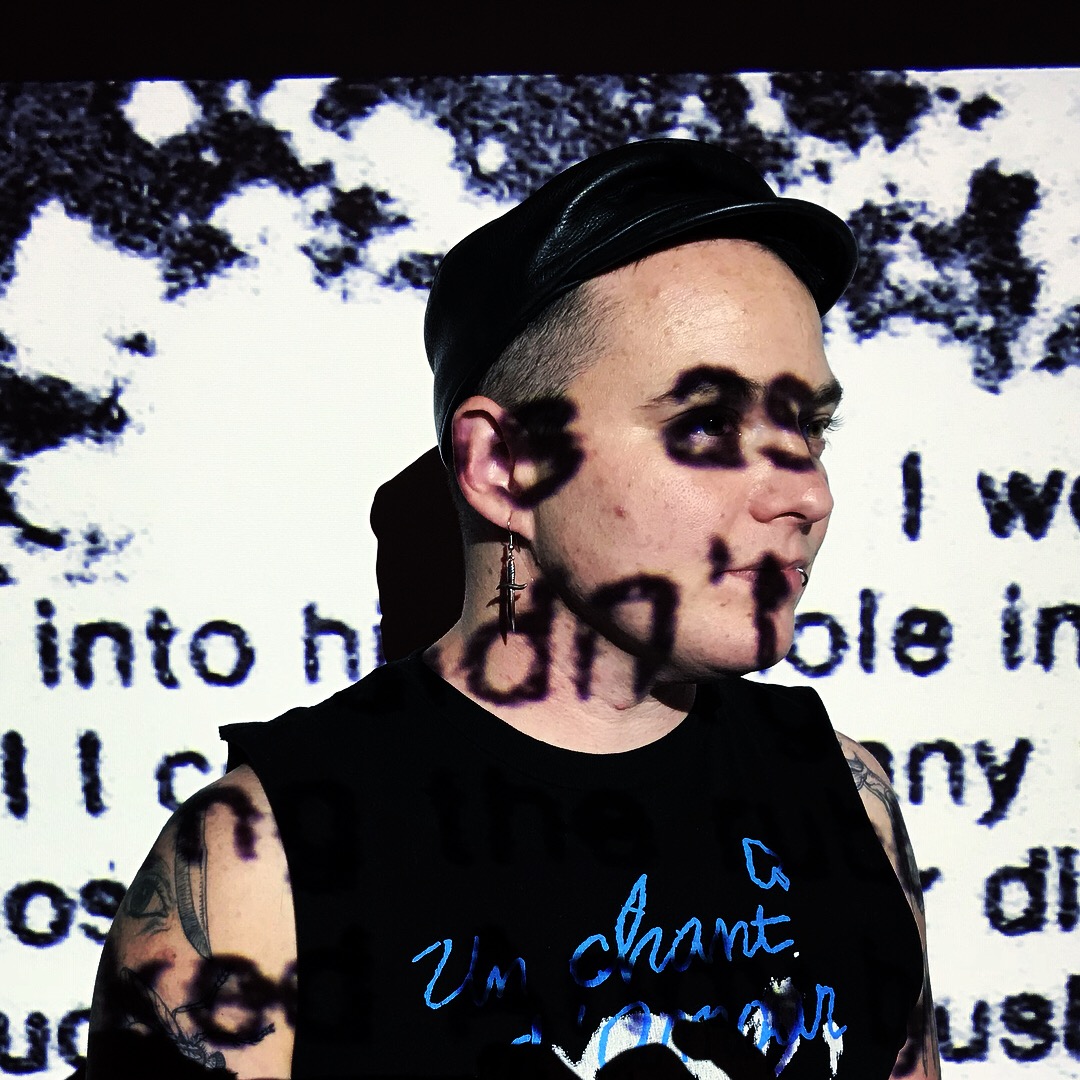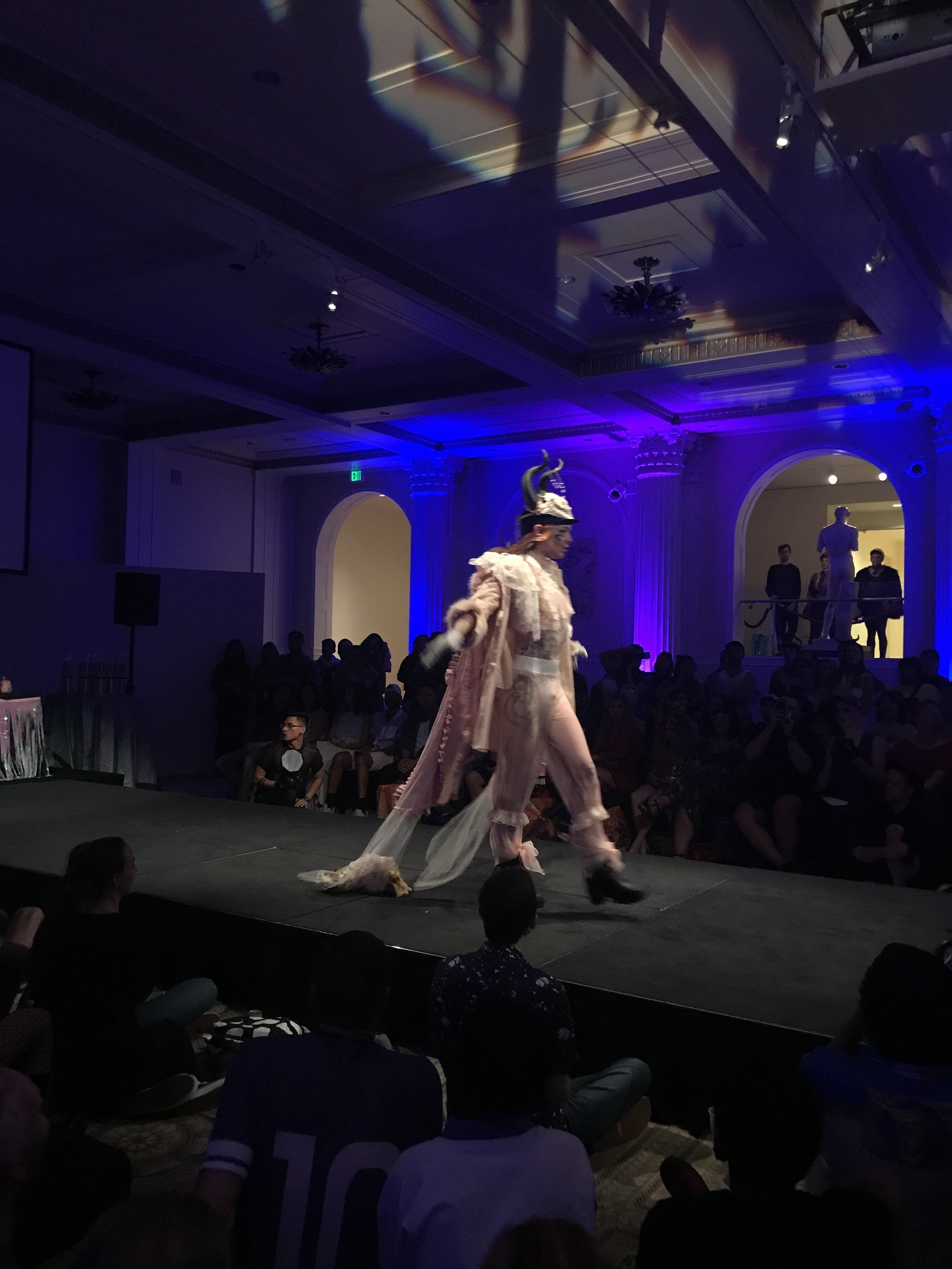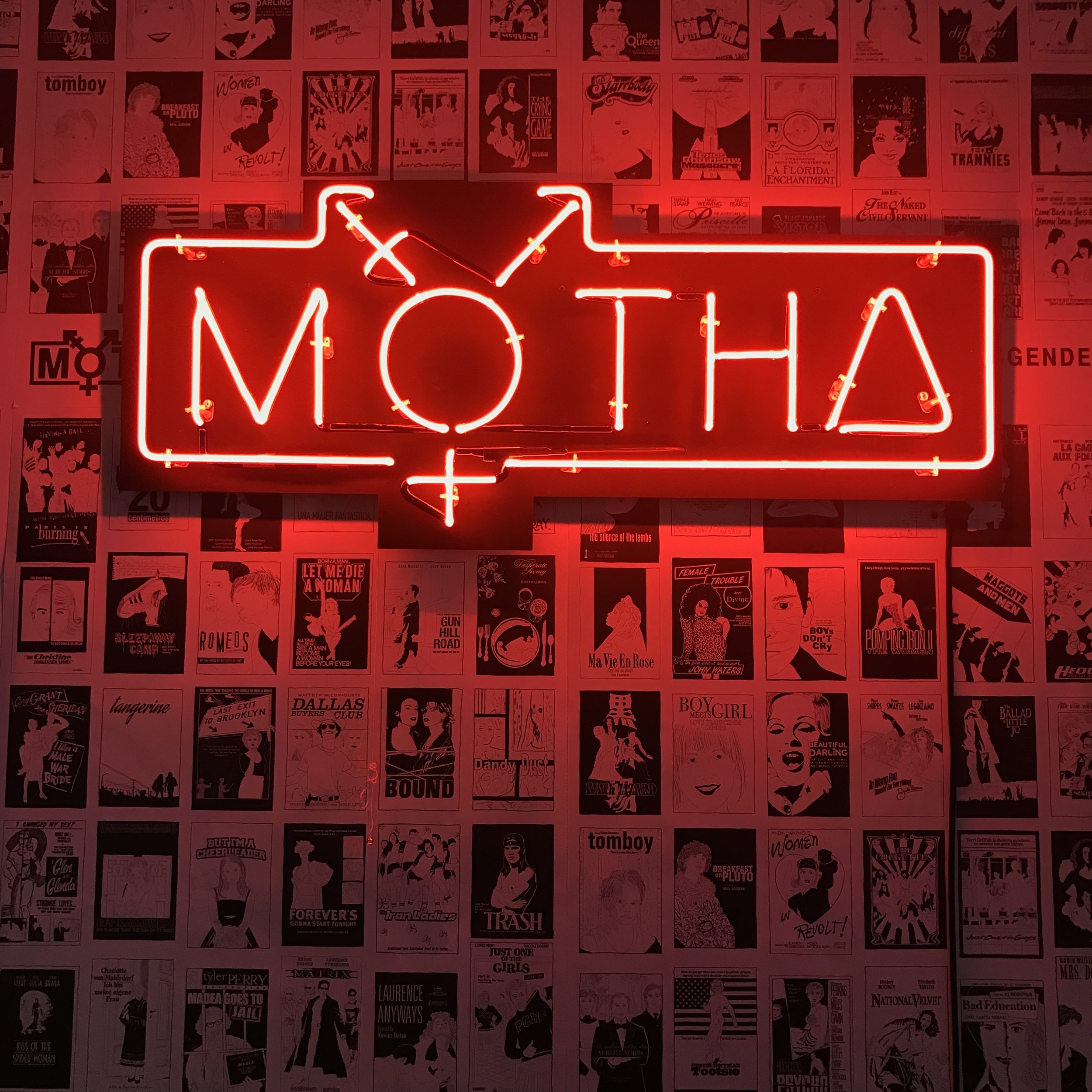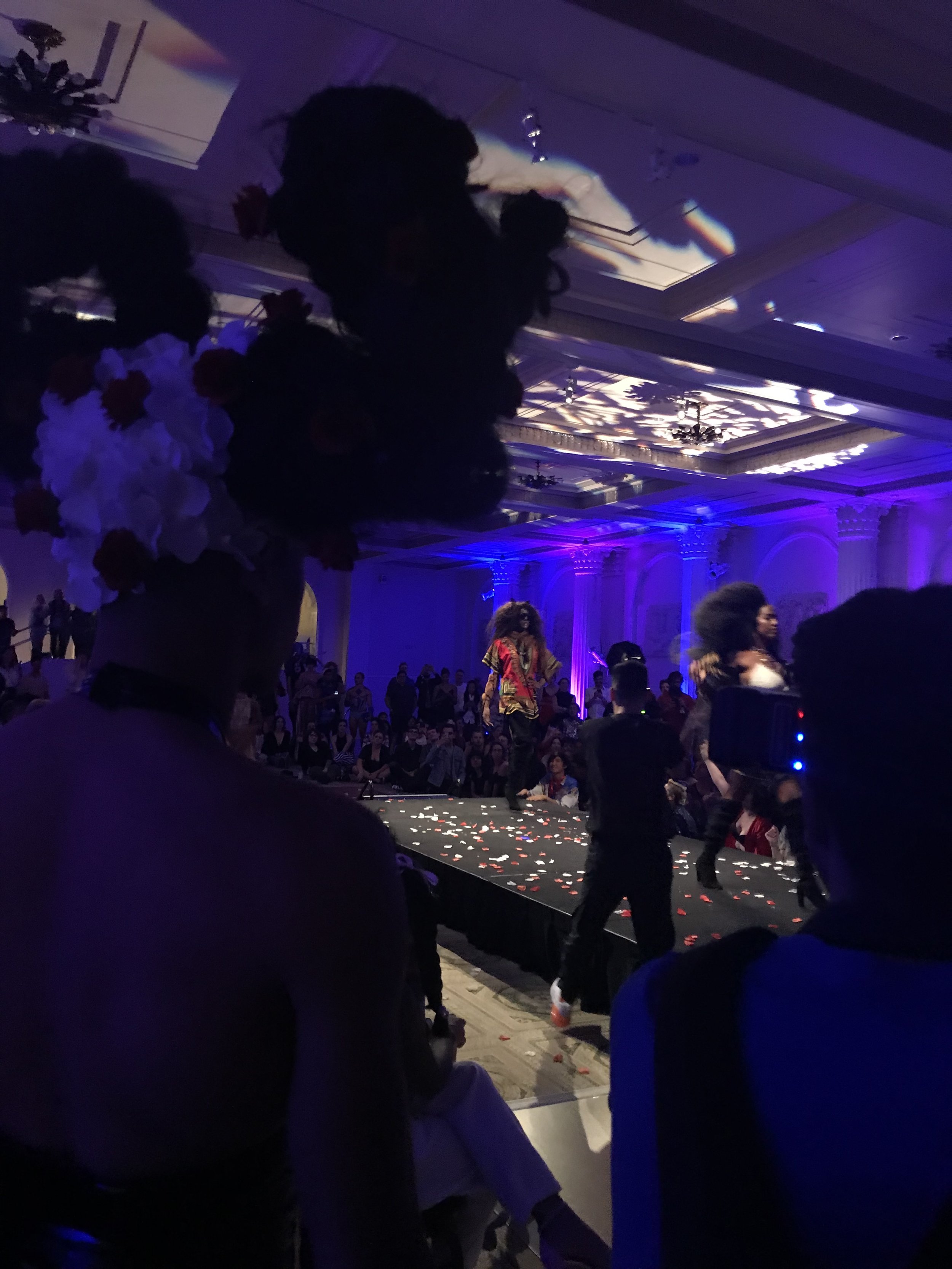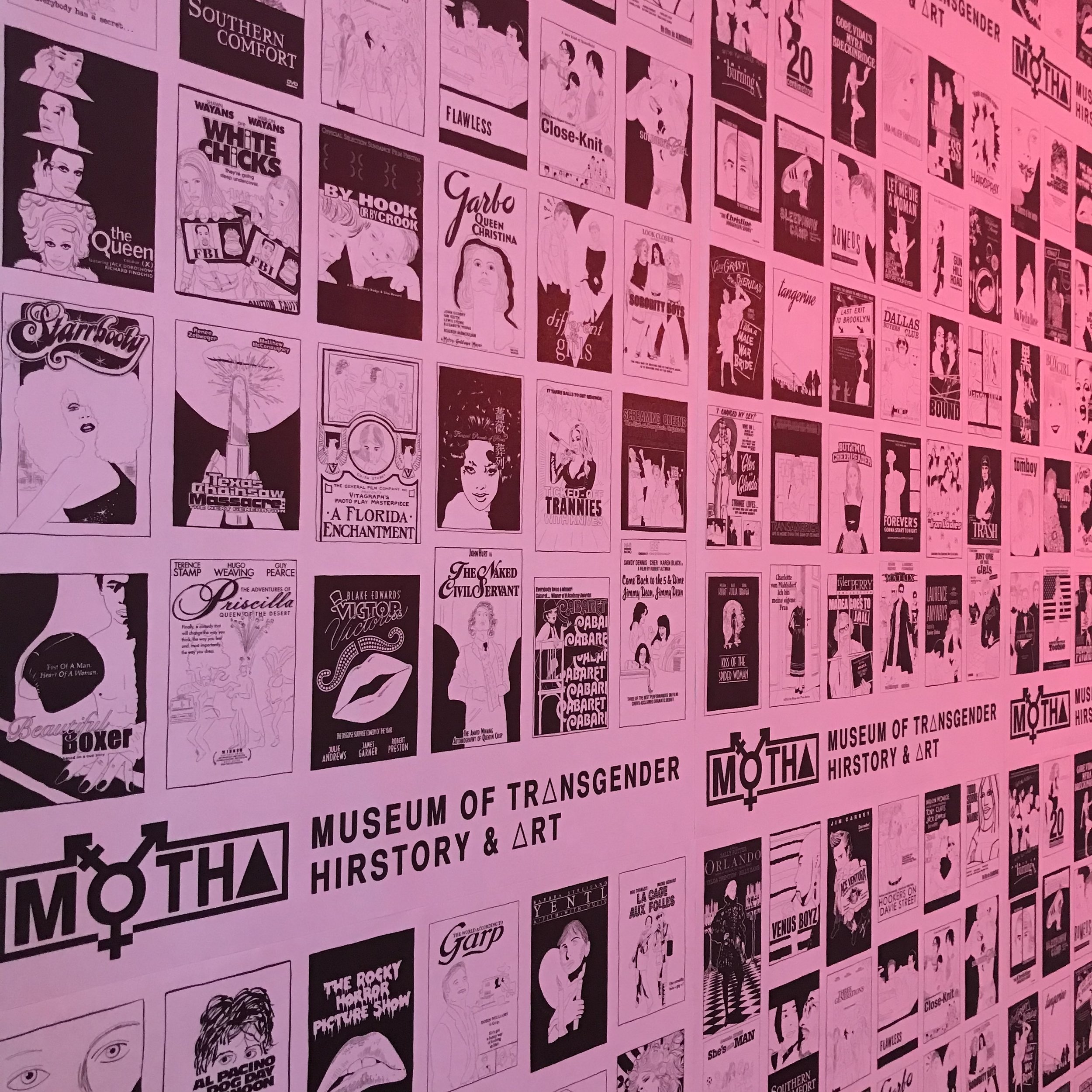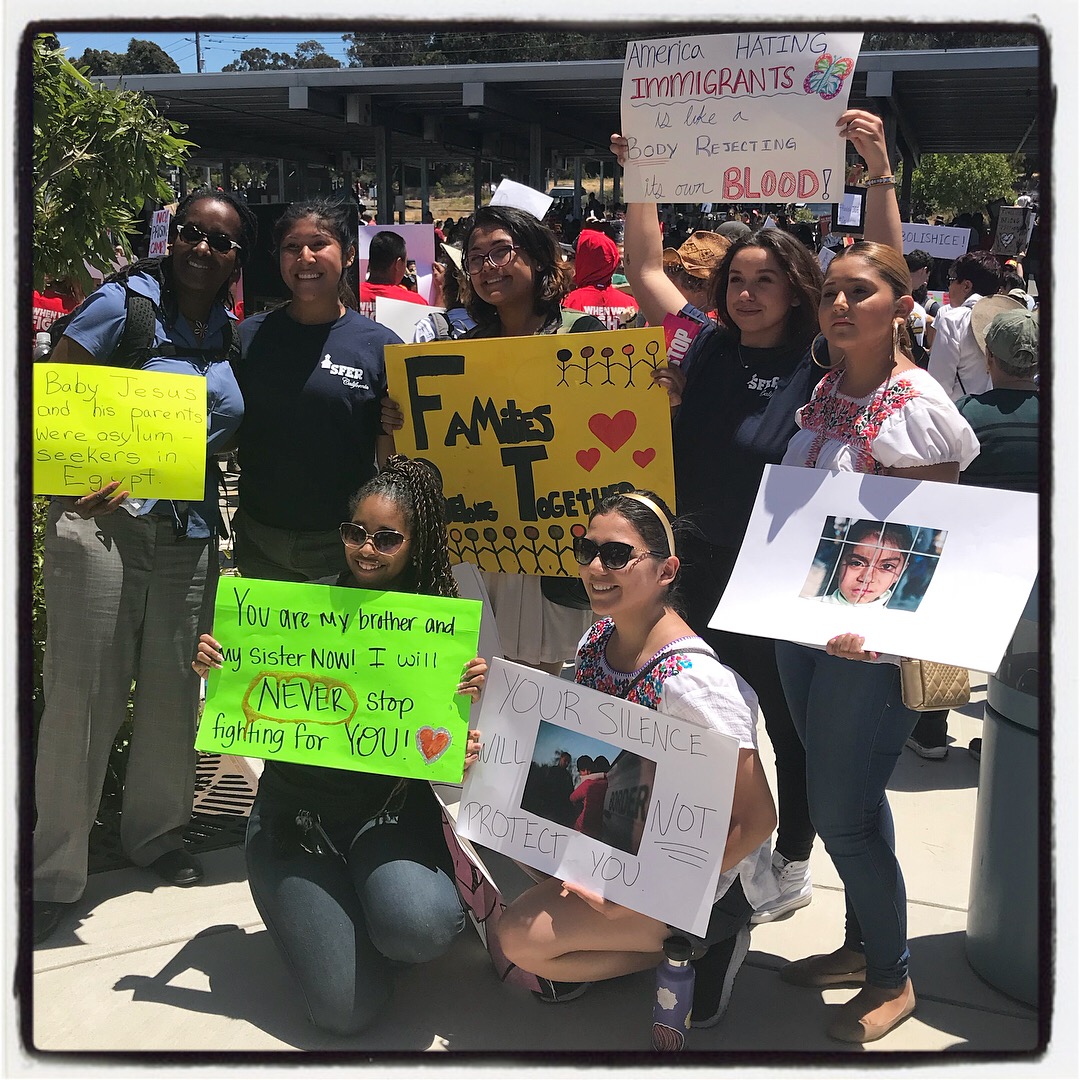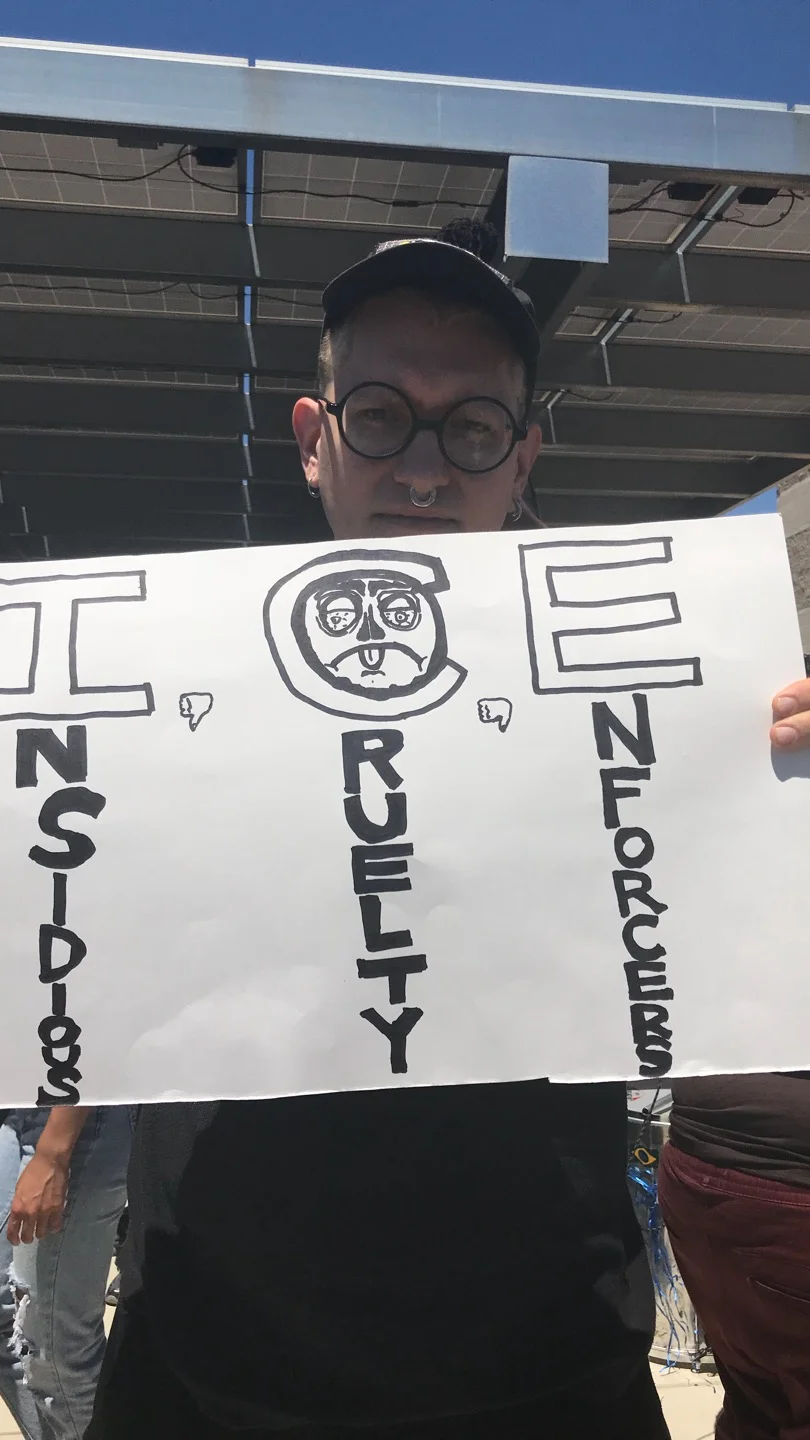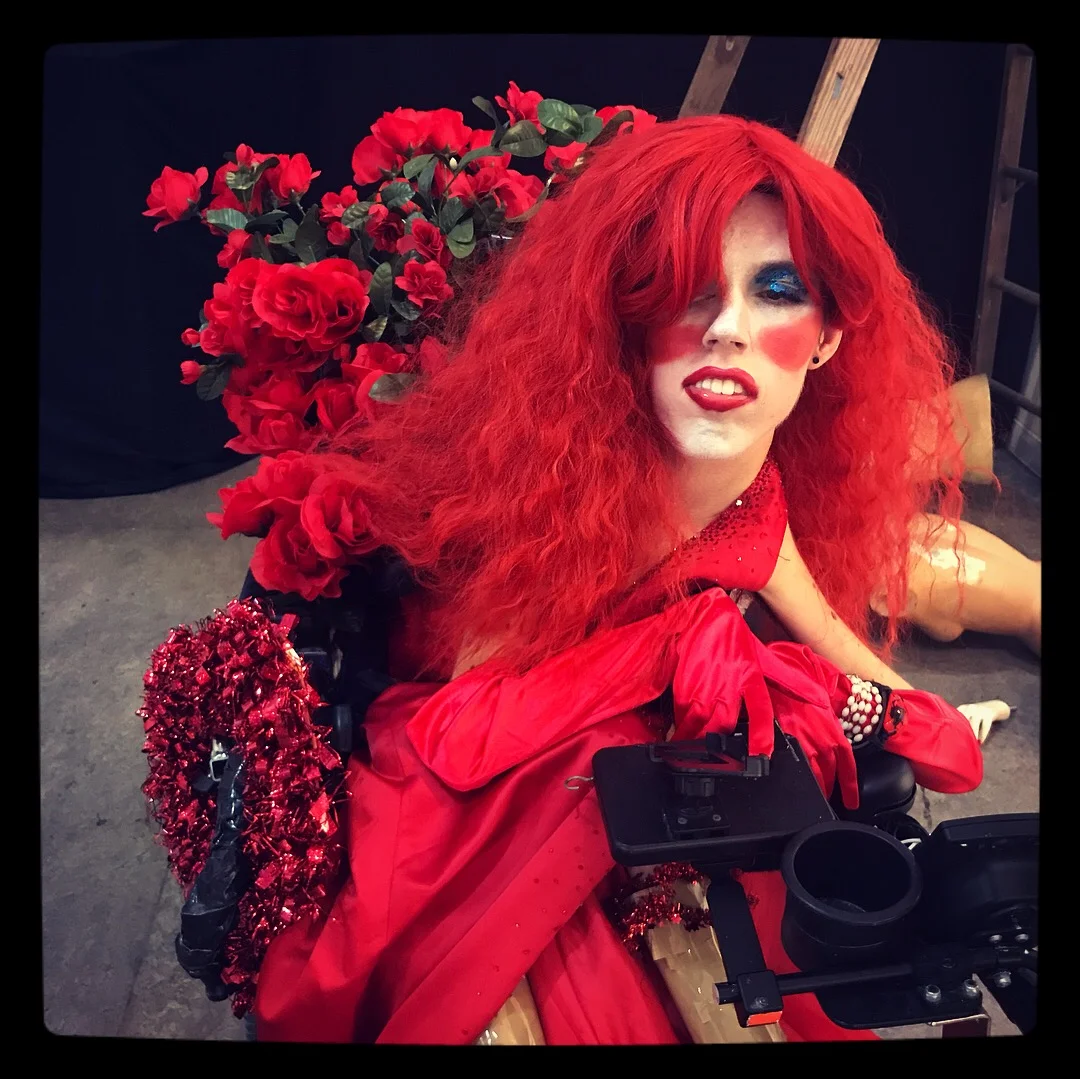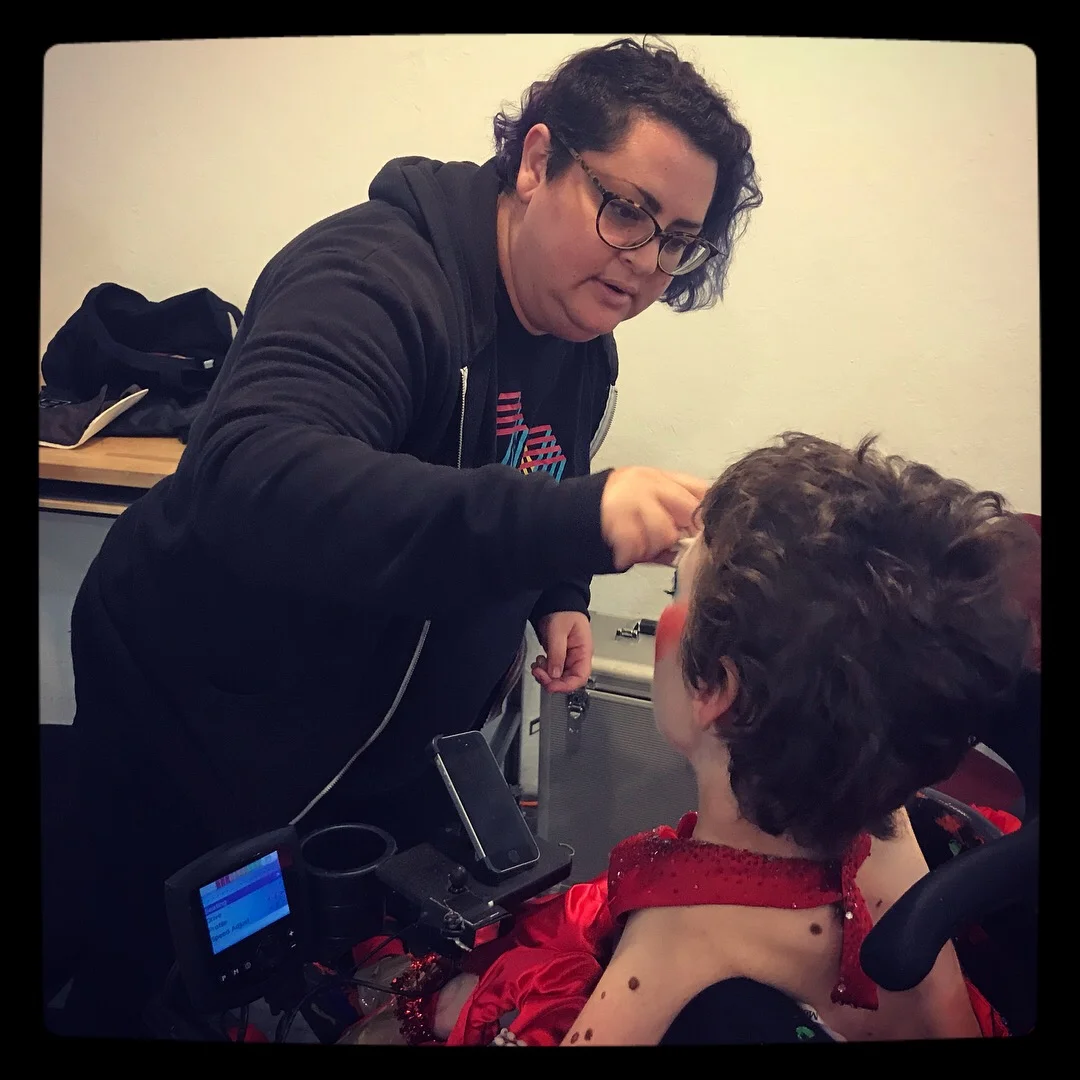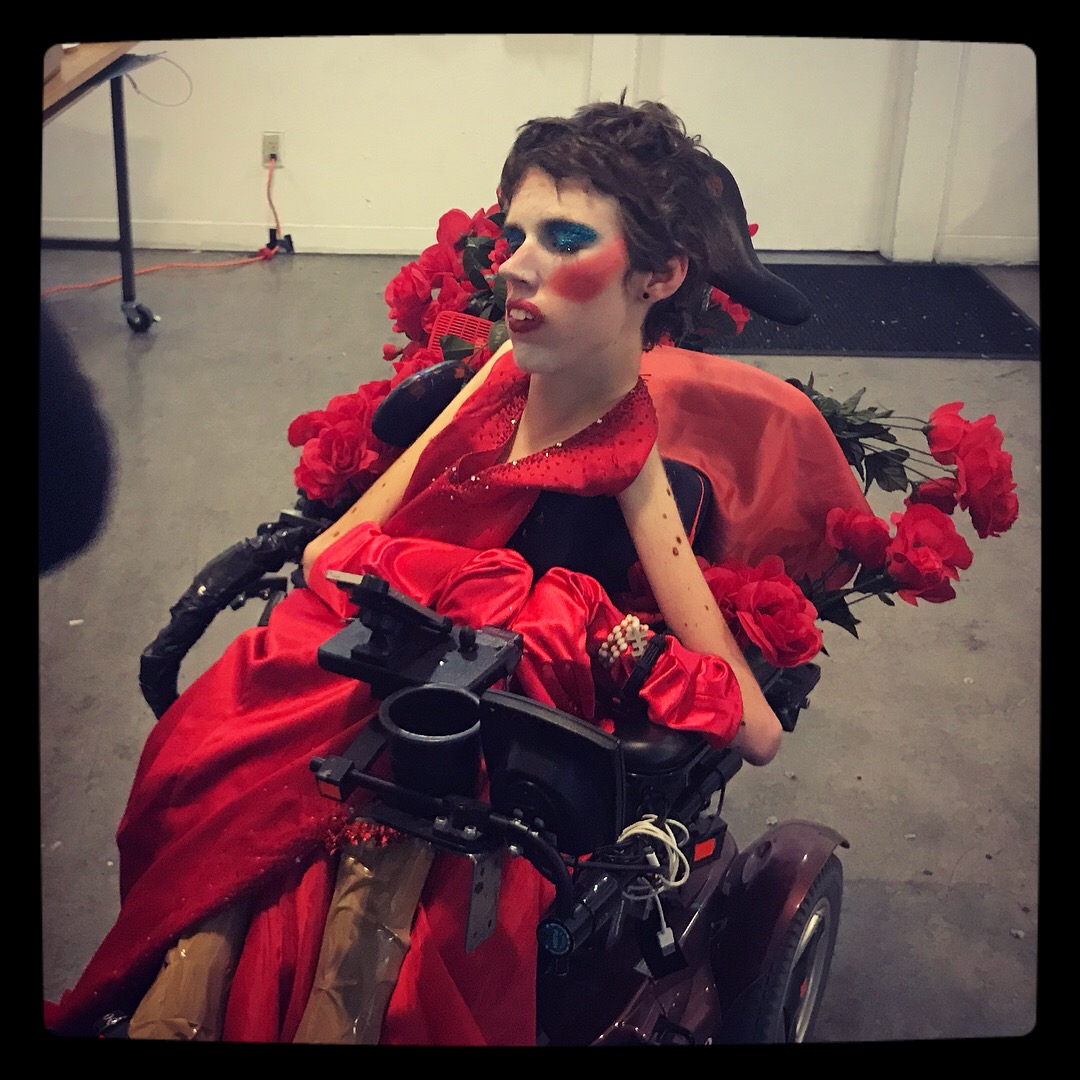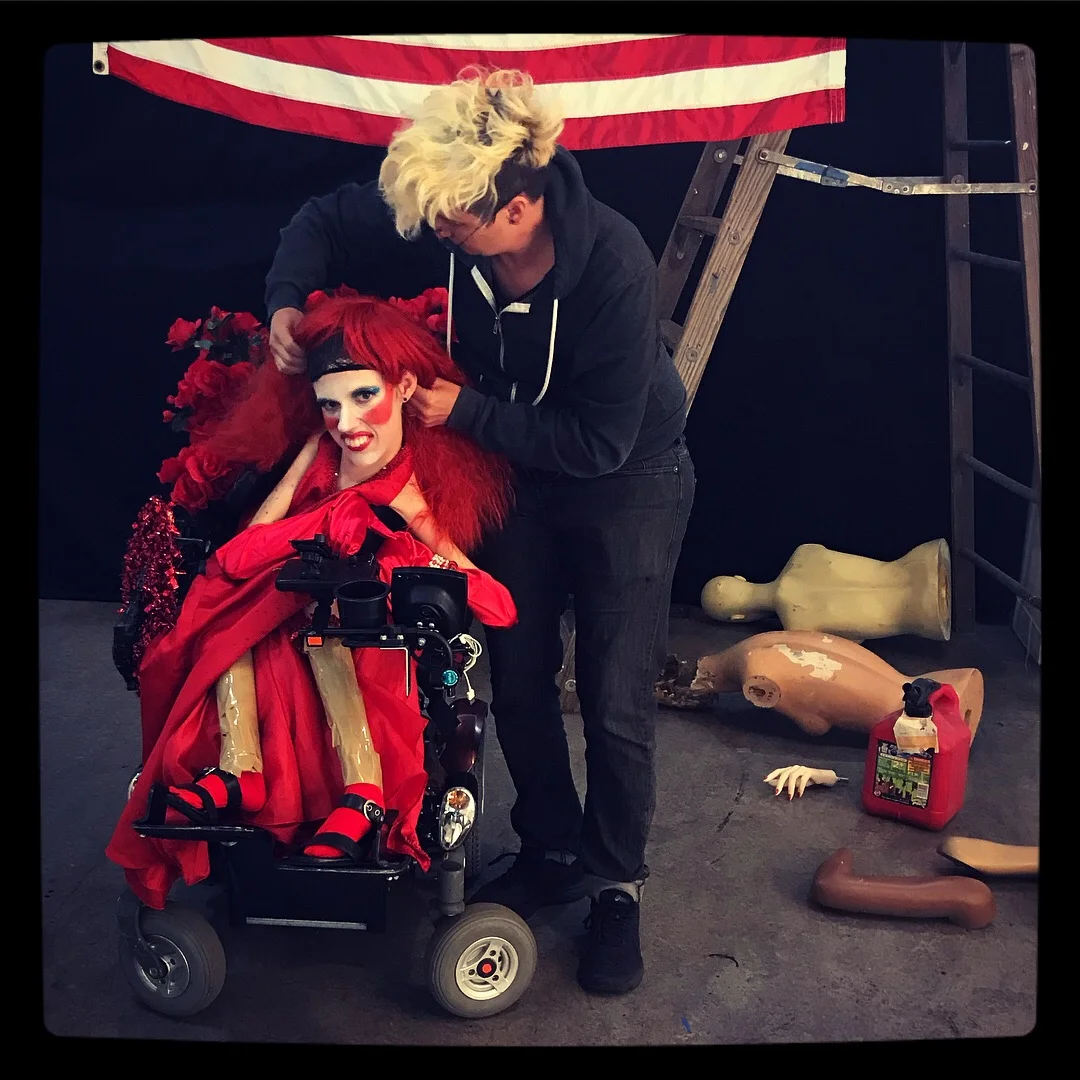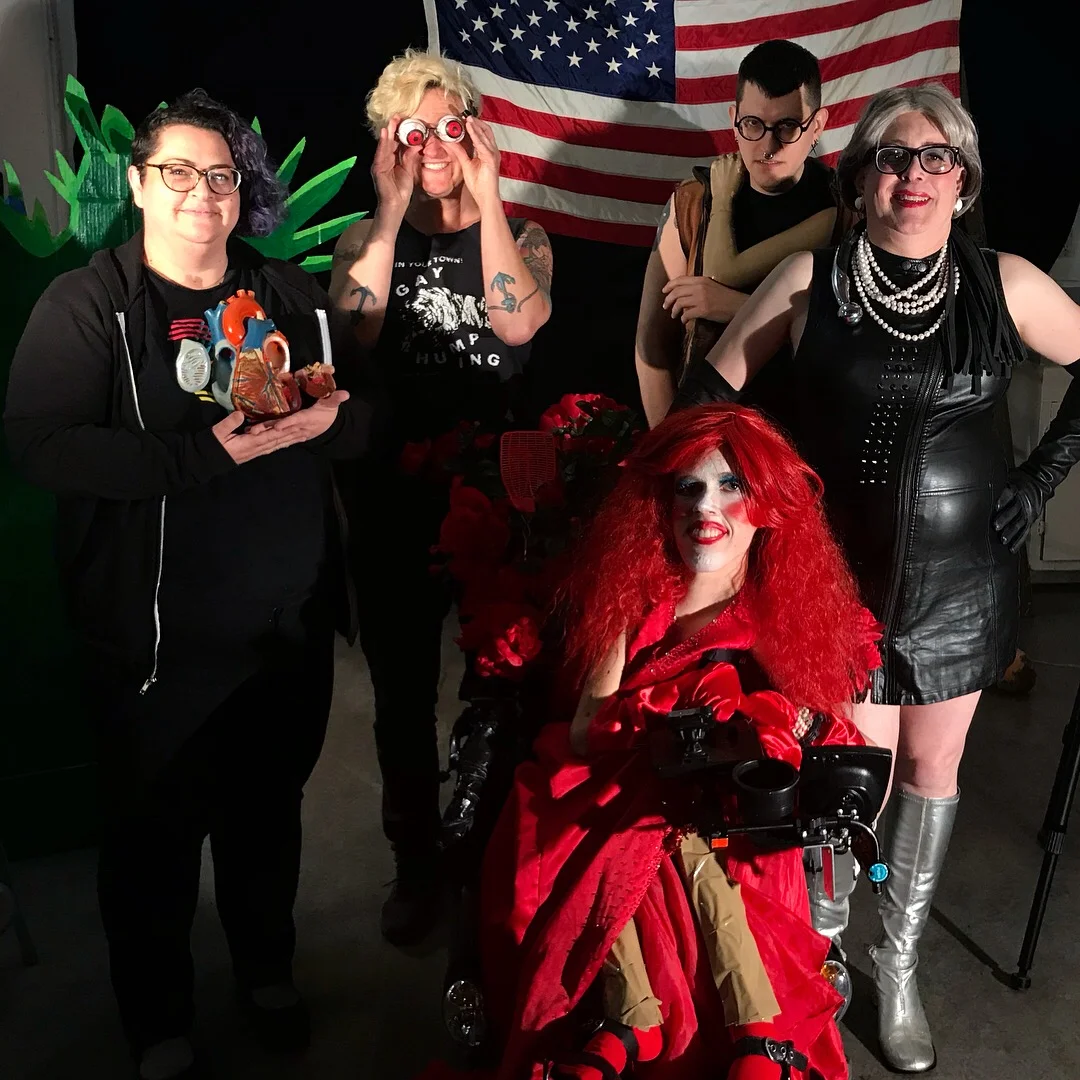Light Field Returns with a Reminder that Experimental Film is Alive & Well by Sarah Hotchkiss, KQED
"Against Pure Cinema" by Trisha Low
“You are born in 1988 in New York, a city that will soon expel the last dregs of a sustainable artistic culture. It is a city that you immediately forget. You are whisked by your parents instead to another country, safe and clean; but there is no place untouched by the ills of the world, which fast-track themselves; sprout as you do.
“It starts harmlessly: a love for books, a need to read, a curiosity about elemental symbolism and form. You start to write. You are bad at drawing. You are taught to admire white poets and writers because they are the paragon of art; you are told to read Asian writers because they will teach you about your history and your culture. You accept this but some part of it angers you in a way you do not yet understand. It will take you more than twenty years to untangle this ridiculous aesthetic binary.
“"As a teen, you hide yourself with eyeliner and mesh. You wear boots and learn to mix a tape. You find out about experimental poetry, you like this idea that identity is a construct that can be bought and sold; can, like your black outfit, be put on and taken off. You choose to believe that foregrounding artificiality and the performance of identity allows art to get at something akin to the complexity of race. The burden of it. Even if you don’t admit it immediately, you know you are being willfully naïve.
•
“You write two books; you become bored with writing because writing is hard. You learn more about film from a new person you’re dating and begin to seek it out at events and screenings, the weird shit that hurts your eyes and burns when it endures, long and slow. You still consider yourself a poet, even if this label seems inadequate to encompass the work you want to make — work built out of awkwardness and noise and the cruelty of hope.
“Your friend Tooth invites you to be part of Light Field, an artist-run and collectively organized festival of experimental film on celluloid — a group that previously has consisted only of cis white men. Others who have received this invitation at the same time as you are neither white, nor straight. And even though this collective is full of good faith — fun, equitable, at moments even utopic, even though you know each of you has earned your place— you will not ever be able to satisfactorily answer whether you were invited in primarily as an effort to diversify. Probably you already know the answer….”
Continue reading here: https://openspace.sfmoma.org/2019/03/against-pure-cinema/
Open Space is SFMOMA's online & live interdisciplinary commissioning platform.
BETWEEN. Portland Art Museum
July 20 - October 14, 2018
BETWEEN. highlights artists working within the queer and trans diaspora, and the unique voices coming from between or beyond the binary.
Featuring artwork from Vaginal Davis, MOTHA, Zanele Muholi, Christina Quarles, Jordan Reznick, Jacolby Satterwhite, and Vivek Shraya
Trans Hirstory in 99 Objects: Transvideo Store featuring films by: Malic Amalya, eduardo restrepo castaño, Erica Cho, Cary Cronenwett, Zackary Drucker & Rhys Ernst, Xena Ellison, Reina Gossett, Josef Kraska, and Sierra Tucker
ABOLISH ICE
Protesting ICE at the West County Detention Facility in Richmond, CA.
Signal Culture
Malic & Nathan are Artists-in-Residents at Signal Culture in Oswego, NY.
Filming a remake of Jack Smith's 1969 Song for Rent
Happy Earth Day!
In honor of Earth Day, we are making a commitment to significant reduce our single-use plastic consumption. To replace the plastic products we normally use, are switching to reusable bags, bar soaps, bamboo utensils, aluminum cans, glass bottles, paper products, and hemp products.
Ten Great Expanded Cinema Performances of 2016
blog post by Brian Darr
https://hellonfriscobay.blogspot.com/2017/01/ten-great-expanded-cinema-performances.html
Vice.com Photos from MIX, NYC's Premier Queer Film Festival
Photos by Zak Krevitt, Text by Hugh Ryan
HuffPost: Genderqueer & Trans Artists Breaking Down Barriers in Art
By Priscilla Frank
This week is Transgender Awareness Week, an initiative that aims to raise visibility of trans and gender non-conforming people and communities and acknowledge the issues they continue to face. Culminating with Trans Day of Remembrance on Nov. 20, which honors trans individuals who lost their lives to acts of violence, the week illuminates the unjust struggles so many endure simply because they’re being their authentic selves.
In conjunction with Trans Awareness Week, we’ve compiled a follow-up to our previous list of multi-disciplinary artists who identify as transgender, gender variant, genderqueer and gender failure. Through their practices, the following artists tell their stories on their own terms, attempting to change not only the landscape of contemporary art but also the future of how we understand gender and identity. They do this, of course, through making some damn good artwork that touches on feelings of estrangement, the concept of gender performance and the stories of marginalized voices….
#10 Malic Amalya
https://www.huffingtonpost.com/entry/genderqueer-and-trans-artists_us_564cb45ae4b00b7997f87e3f
MOTHA'S Transgender Art & Culture in 2014
Trans artists were busy this year! The Museum of Transgender Hirstory & Art (MOTHA) highlights 41 of the artists and projects that made a sizeable splash, a significant sprinkle, or any sort of spritz of success!
16. Towards the Death of Cinema by Malic Amalya
https://www.buzzfeed.com/motha/transgender-art-culture-in-2014-15ig3
Goldies 2014 Film: Malic Amalya
GOLDIES If you want to see a filmmaker light up brighter than a brand-new projector bulb, ask him about his camera.
“For my 30th birthday, my cousin, Peter Miller, who’s also a filmmaker, sent me this big box,” Malic Amalya says of his Krasnogorsk-3, or K-3, camera. “As soon as I saw it, I was like, ‘The best present that could be in there is a 16mm camera.’ And it was! And it’s wonderful. It has different lenses, it can go at different speeds. I’ve been working with 16mm since 2006, and the process is so different than video. You have to set the focus, set the aperture. And it’s so heavy, and so expensive. Every shot that you take matters. That slowing-down really changed my practice, in making every shot intentional.”
http://sfbgarchive.48hills.org/sfbgarchive/2014/02/18/goldies-2014-film-malic-amalya/
Guardian photo by Saul Bromberger and Sandra Hoover
2013 MOTHA ART AWARDS
Unrecognized Artists of the Year, Hermit
Malic Amalya | Elliot DeLine | Raphaele Frigon | Nicki Green | Dalace Malice | H. Melt | Mirha-Soleil Ross | Thu Ha Vu | Tobaron Waxman | Quito Ziegler
Best Experimental Film at the 39th Northwest Filmmakers' Festival
Gold Moon, Sharp Arrow
by Malic Amalya & Max Garnet Wins Best Experimental Film at the 39th Northwest Filmmakers Festival!
“Amalya paints a landscape of the forgotten and obsolete objects that are or were experienced in childhood. By moving back in time and through the thrill of the hallucinogenic images that the sequences make up, the film take us on a kind of joy ride into the past where nature gravitating toward these lost objects creates a surreal search for secret knowledge.”
Maureen Selwood, Judge
INFRARED CINEMA at the Harry Hay Conference
“In honor of the 100th anniversary of Harry Hay’s birth, the Harry Hay Centennial Committee and the Center for Lesbian and Gay Studies at the City University of New York are presenting a four-day conference from Sept. 27 to 30, 2012, in New York City, exploring Hay’s life, ideas, and the multiple facets of LGBT life that Harry Hay himself pioneered. The conference is organized around four major themes: arts, political activism, spirituality, and sexual identities. It will feature panels, lectures, films, and live performances from scholars, activists, and artists all exploring the evolution of LGBT life in the 60-plus years since Hay founded the modern American LGBT movement….”
Joey Cain, Contributor
https://www.huffingtonpost.com/joey-cain/harry-hay-conference_b_1905211.html
TIE Cinema Exposition with Malic Amalya
Malic Amalya:
“My work maps out queer spaces of the indeterminable, the transitional, and the liminal. In my films and installations, forms, sounds, identities, and narratives continuously slip between recognizable and abstract. My approach to filmmaking is rooted in a fine arts studio practice, often utilizing the darkroom, direct animation, and set construction. By shooting through window frames, reworking found footage, building alternative viewing apparatuses, and exposing the properties of my media, I create passageways in which perception shifts. Memories are reinterpreted, language evolves through generations, notions of the self realign, and boundaries become permeable.” -Malic Amalya
Malic Amalya, born in Burlington, Vermont, is an avant-garde filmmaker whose works have been screened all across North America. The artist’s entry into filmmaking came about when he “struggled to combine [his] investment in activism, social justice, feminism, anti-racism, and queer culture with [his] interest in visual art.” Amalya realized the medium’s ability to promote these areas of concern, as he explained “I see experimental film as having the potential to be the practice of radical culture, as opposed to the doctrine of it—which one might see in narrative or documentary filmmaking.”
While discussing his film Drifting, which was screened at the October 26 TIE festival in Milwaukee, Amalya reflected on the ability of the medium to capture life. “A decade could be reviewed in a few minutes of film,” Amalya noted. Drifting demonstrates this sentiment in an imaginative fashion, combining decades of several American family’s 8mm home movies from the 1940’s through 1980’s and reshooting these discarded filmstrips onto 16mm film stock through an optical printer.
Amalya quickly realized celluloid’s capacity for creative compositions. “I saw elements of film that are often hidden from audiences: layers of emulsion, frame lines, sprocket holes, light leaks, and burn holes. I adored these photographic anomalies and would pocket any film that would have otherwise been thrown out,” Amalya said. “By exposing the photographic anomalies and the sprocket holes of film, Drifting allows viewers to savor the patterns of light and the physicality of the media. However, in showing the audience the hidden elements of film, I am also asking them to consider how framing impacts their experience and understanding of images.”
Drifting incorporates a live score, as Amalya insisted the film “is a performance, not a reenactment of the original films, and I wanted to create a soundscape in the theatre. A lullaby is beautiful song intended to subdue the listener, and I want each musical performer to play with the dangers of beauty and sedation. I want each viewing experience to be unique and allow for the audience to reflect on the impact of silence on these home movies, and what sounds might have been heard in the original recordings and viewings.”
Drifting is a film that achieves many things. “The texture of film grain and scratches of the emulsion, as well as the color palettes, and the mise-en-scence often bring up waves of nostalgia,” Amalya explained. The filmmaker, whose work typically incoorporates queerness as a predominant theme, considers Drifting “a queering of home movies.”
Amalya’s intentions for the film were explicated, as the filmmaker informed “In Drifting, I want the audience to enjoy the beauty of the medium. However, I also have a sharp critique of the cultural and familial erasures that happen within these home movies, and of nostalgia for times that were more openly oppressive than they are now. Ultimately, I want to draw attention to what is not seen in these films, and for the audience to ask why.”
(Source: Michael Hollins’ interview with Malic Amalya)
http://hosted.verticalresponse.com/204850/101990f67e/171002713/b634ed7c66/

